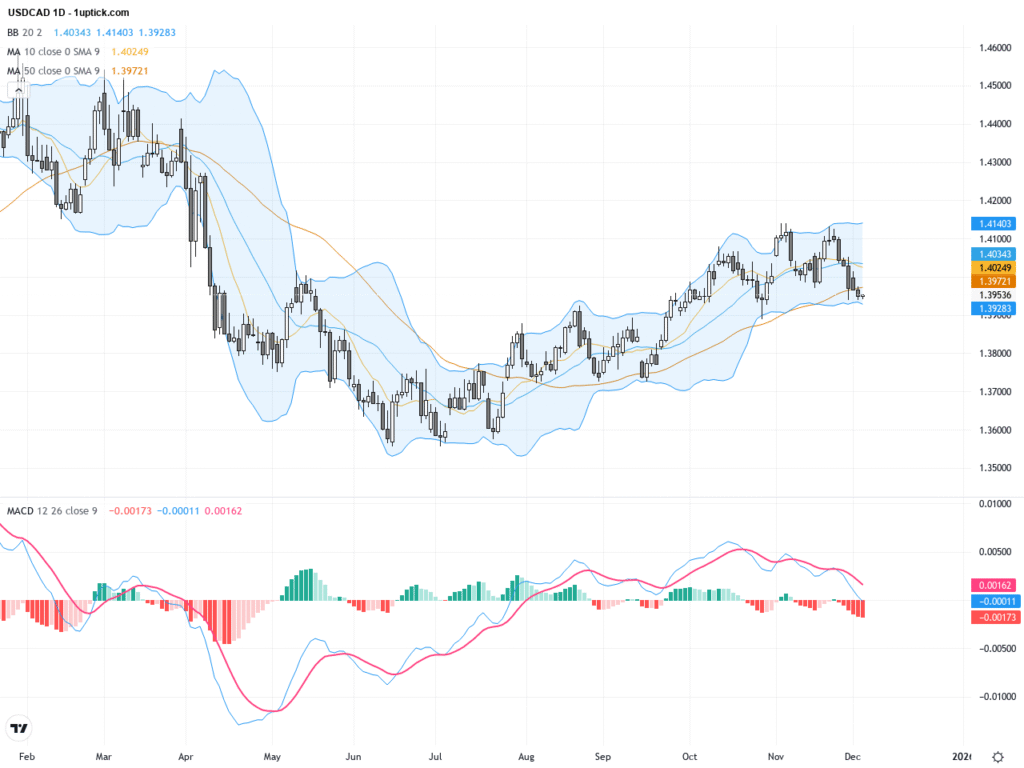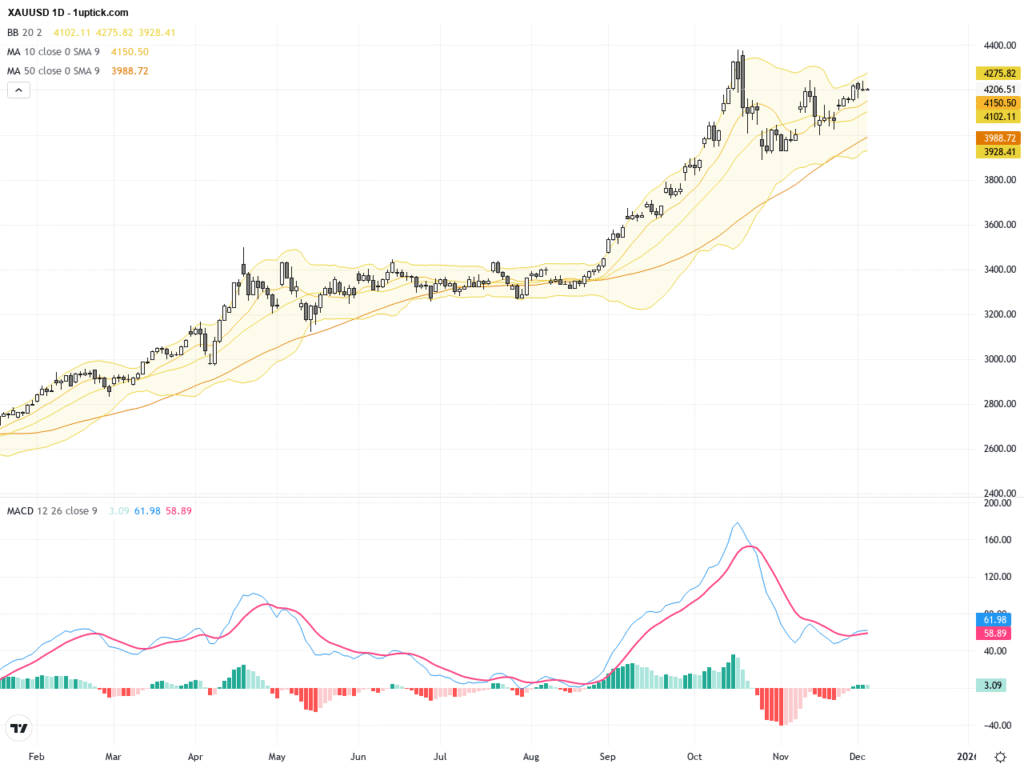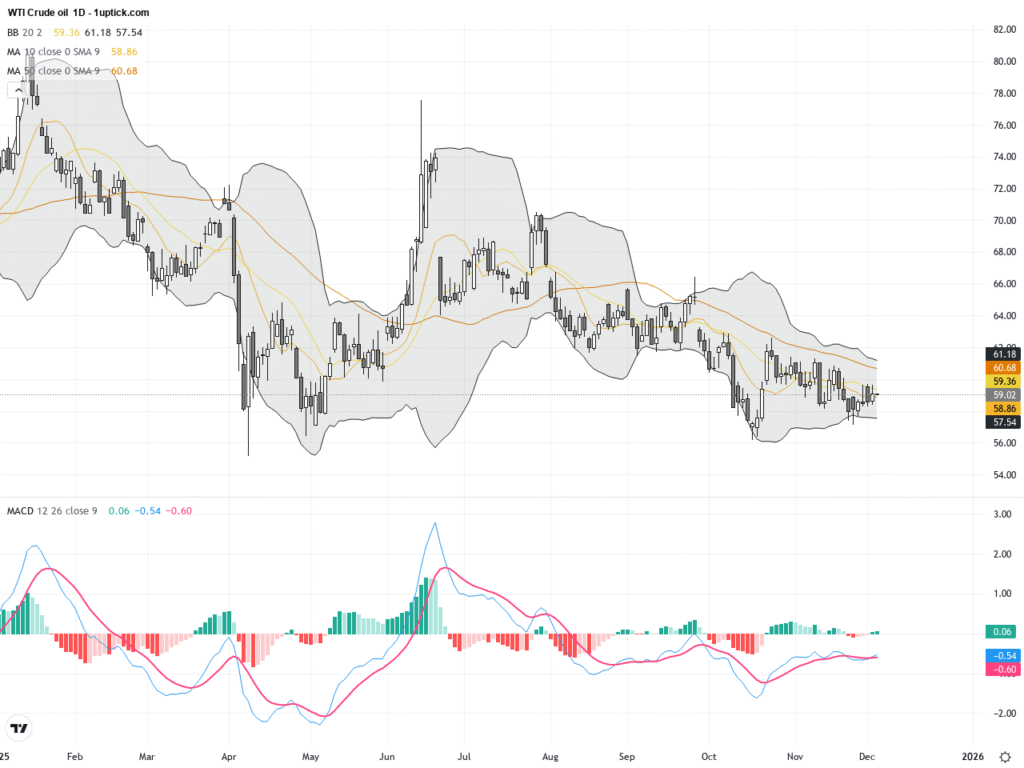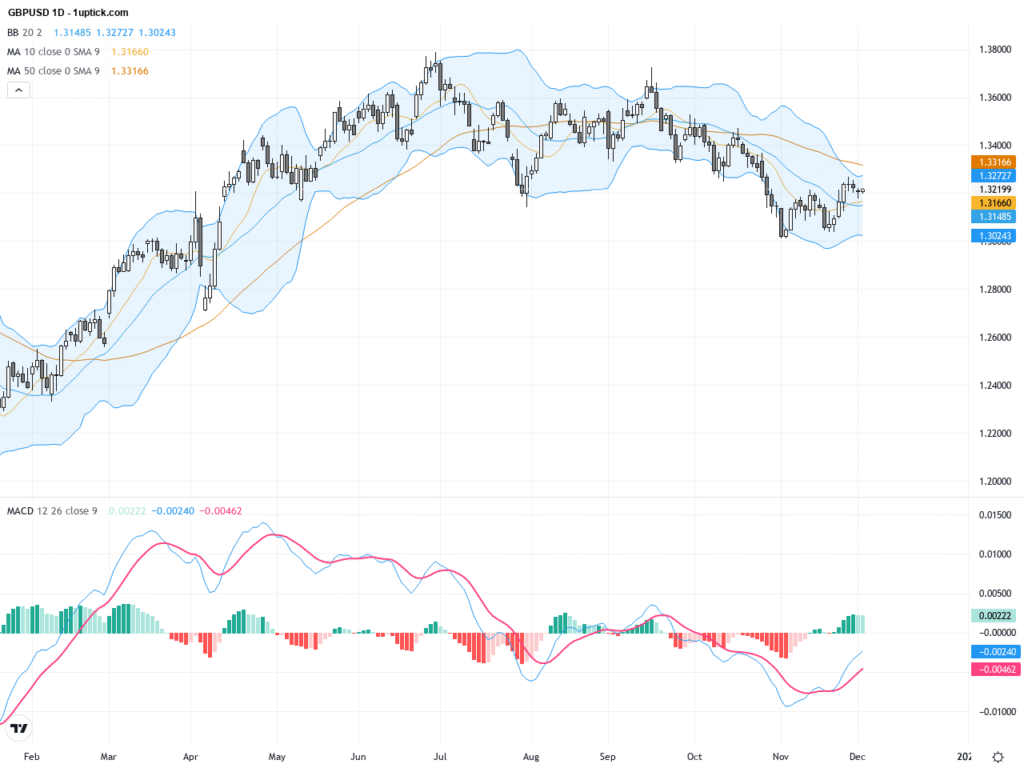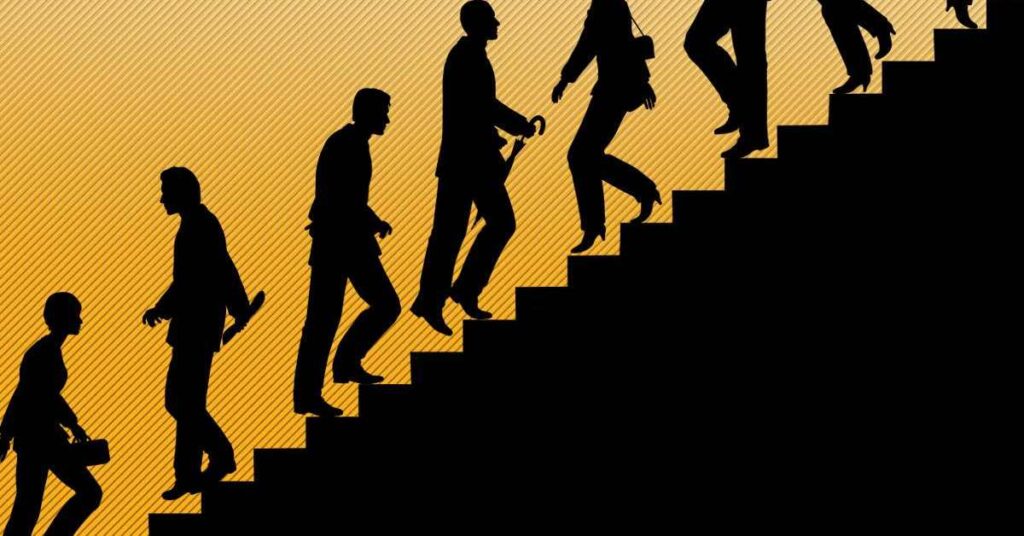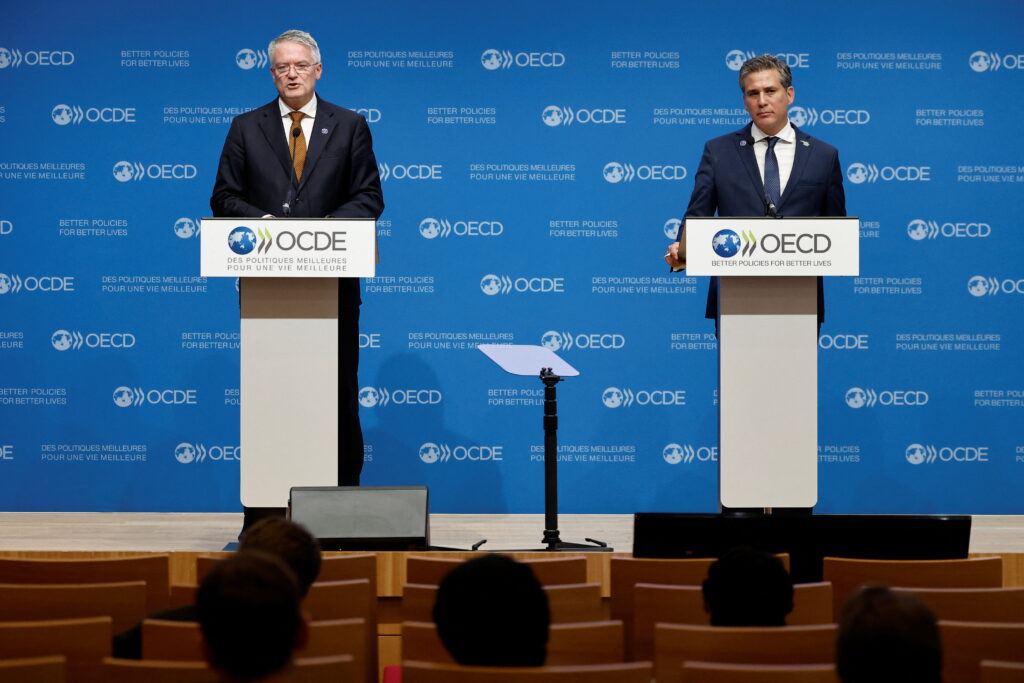 |
| Gold V.1.3.1 signal Telegram Channel (English) |

August 2025 U.S. Consumer Sentiment Drops Amid Rising Inflation Fears and Economic Uncertainty
2025-08-16 @ 01:00
U.S. consumer sentiment has taken an unexpected downturn in August, marking its first decline in four months. According to preliminary data from the University of Michigan, the Consumer Sentiment Index fell to 58.6, dropping from July’s reading of 61.7 and coming in well below market expectations. This sharp reversal has largely been driven by escalating concerns about inflation, which is again dominating the economic outlook for many Americans.
A Closer Look at the Numbers
In August, not only did the overall sentiment index decline, but underlying measures also pointed to mounting apprehension:
- The index measuring current economic conditions dropped significantly to 60.9, down from 68.0 in July. This suggests that Americans perceive today’s economic climate as notably worse than just a month ago.
- The index reflecting consumer expectations—how people view their personal financial prospects and the broader economic outlook—fell modestly to 57.2 from 57.7.
A particularly notable drop was seen in consumer attitudes toward buying durable goods like cars and major appliances. This gauge tumbled by 14%, reaching its lowest reading in a year, with high prices cited as a major deterrent.
Rising Inflation Expectations
What’s fueling the shift in sentiment? Inflation worries have surged again after showing signs of retreat in recent months. Year-ahead inflation expectations climbed to 4.9% in August, up from 4.5% in July. Meanwhile, long-run expectations rose to 3.9% from last month’s 3.4%. These increases were observed across demographic groups and were not limited to any particular political affiliation.
This reversal ends the brief reprieve consumers had felt as inflation appeared to be moderating. For two months, short-term expectations for inflation had eased, and for three months, long-term expectations had also receded. Yet, this month’s renewed uptick signals that hopes for sustained relief from rising prices have been dashed—at least for now.
What Is Behind the Mood Shift?
Several factors have converged to dim the public’s economic outlook:
- High prices continue to erode purchasing power, making it harder for many families to afford everyday staples as well as big-ticket items.
- Current personal finances have shown modest declines amid concerns about the cost of living.
- Although there has been a slight improvement in how consumers view their financial situations looking ahead—thanks in part to some firming in income expectations—overall optimism remains subdued.
Another undercurrent is the fear that both inflation and unemployment will worsen in the months ahead. This persistent anxiety stands in contrast to the brief period in April when many Americans braced for a worst-case scenario after the announcement of reciprocal tariffs—a concern that temporarily eased as those tariffs were paused.
Where Do We Stand Now?
Despite the August setback, both short- and long-term inflation expectations are still lower than the peaks experienced earlier in the year, particularly in April and May. That said, consumer attitudes are delicate, and renewed inflation fears could easily dampen any emerging optimism. Continued volatility in sentiment suggests that Americans are far from confident about the economic road ahead.
While we’re not seeing panic, the mood is cautious—driven by the reality that high prices and economic uncertainty are now a regular feature of daily life. As policymakers and market observers attempt to read these signals, they should recognize the acute sensitivity of consumers to inflation trends and the broader economic climate.
What’s Next?
The latest data serve as a reminder: consumer sentiment is deeply tied to perceptions of inflation and economic security. If prices remain elevated or climb further, we can expect sentiment to remain fragile. On the other hand, any tangible relief from rising costs—whether driven by policy action or market changes—could provide a much-needed boost to American confidence.
For financial bloggers and market watchers, these trends underscore the importance of staying attuned to both the hard data and the “soft” indicators like sentiment. How consumers feel about their prospects often drives their spending decisions, which in turn shape the direction of the overall economy.
As we look ahead, all eyes will be on inflation data and job market trends to see whether consumers’ worst fears are realized—or if there’s still room for optimism in 2025.


